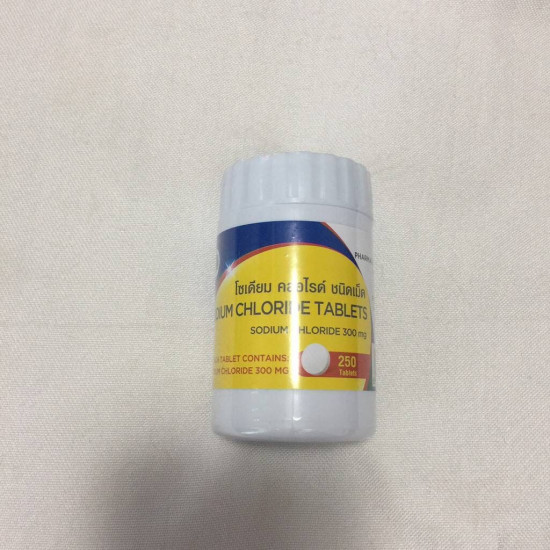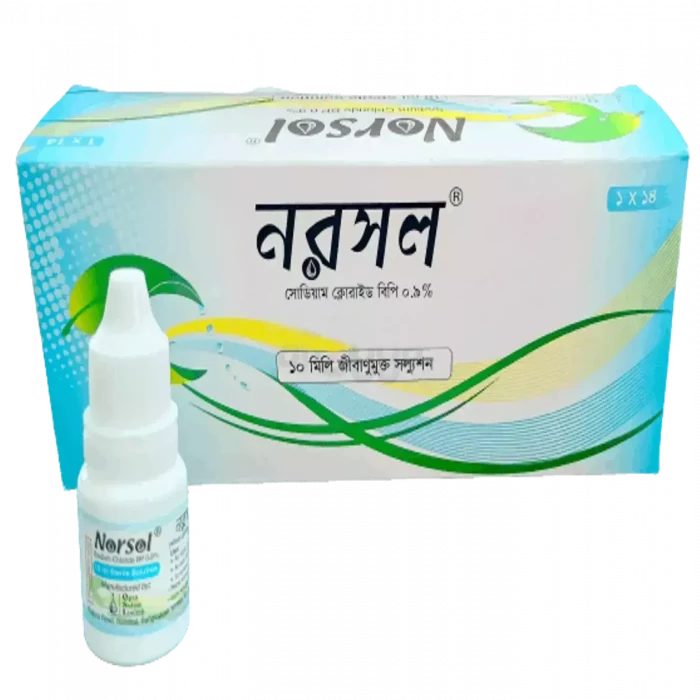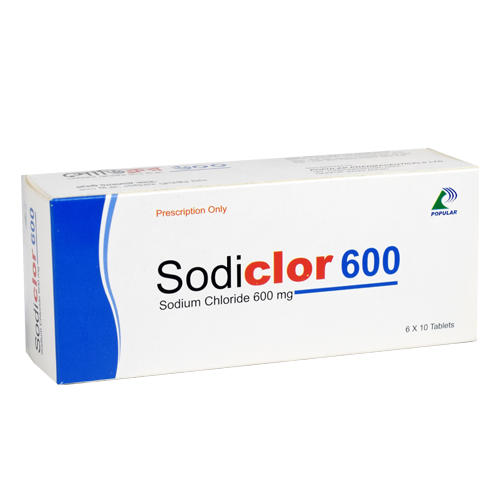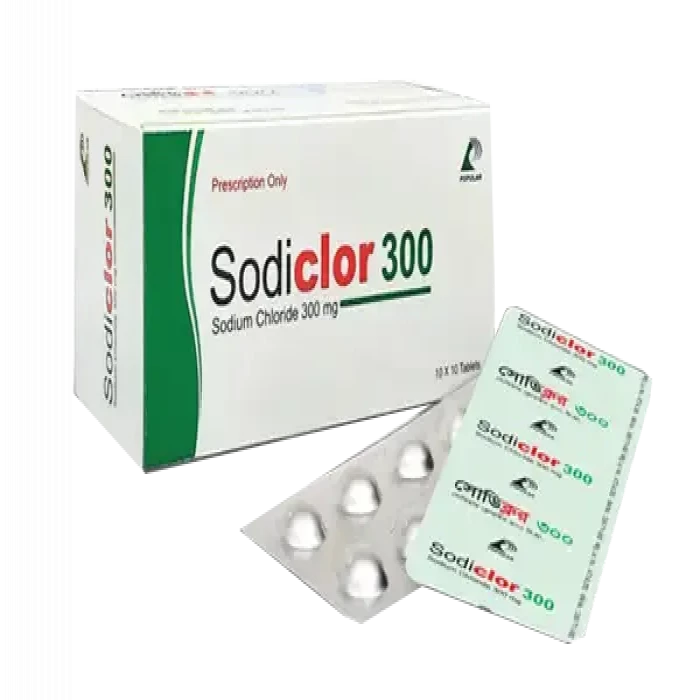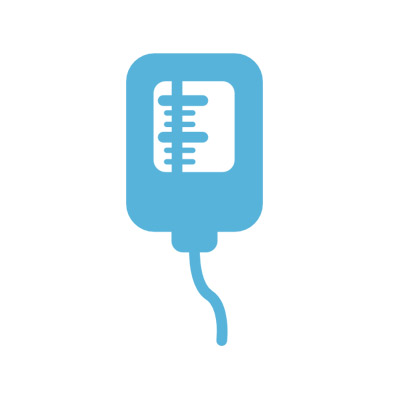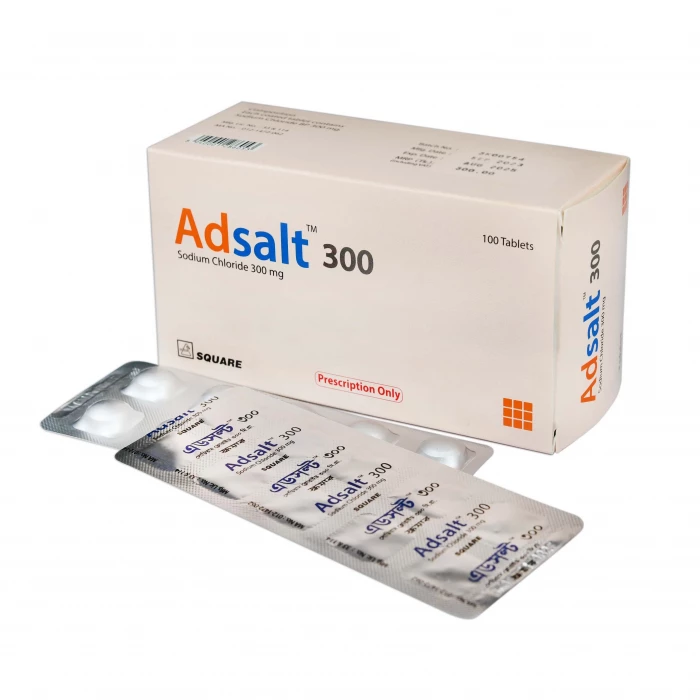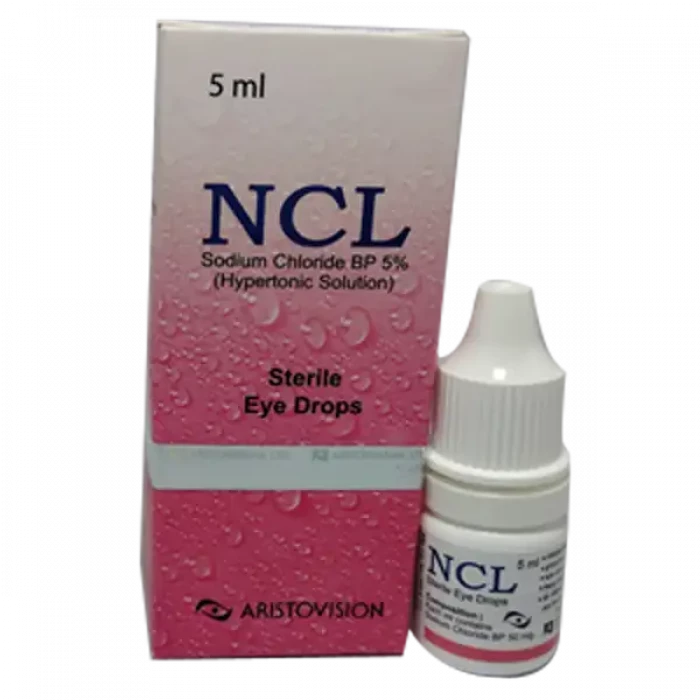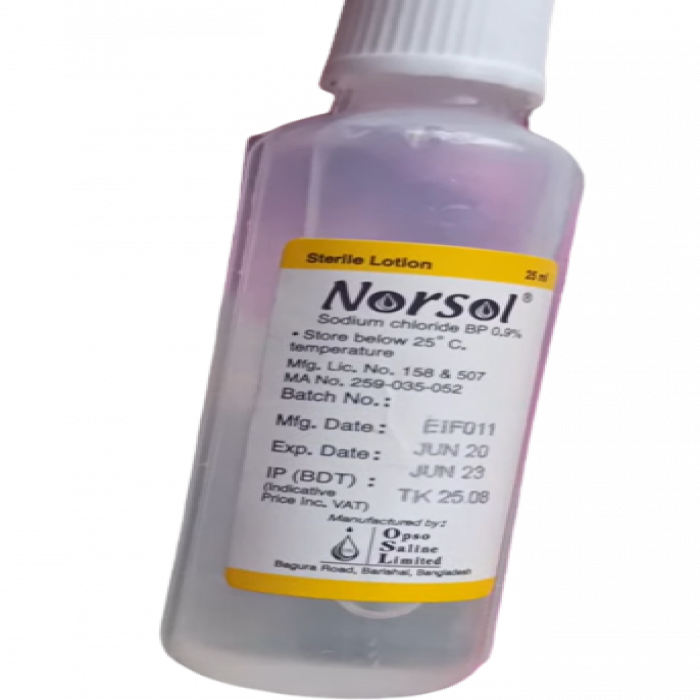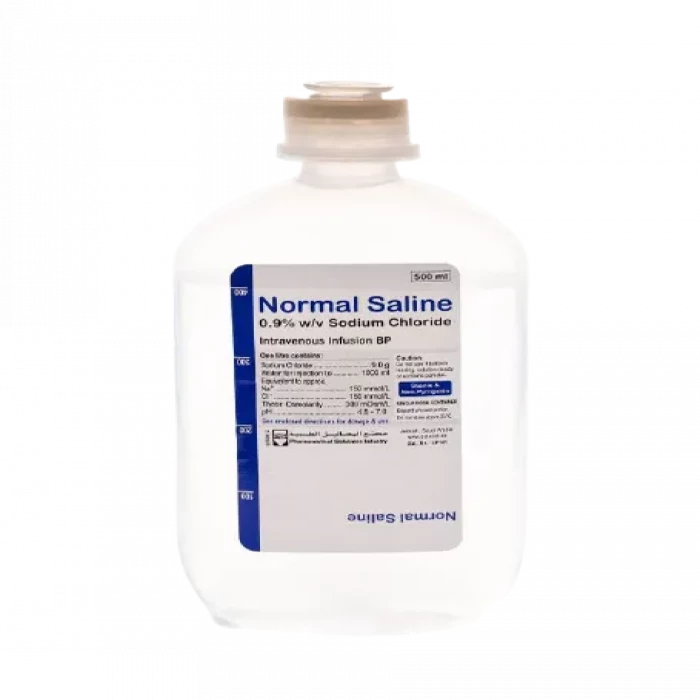
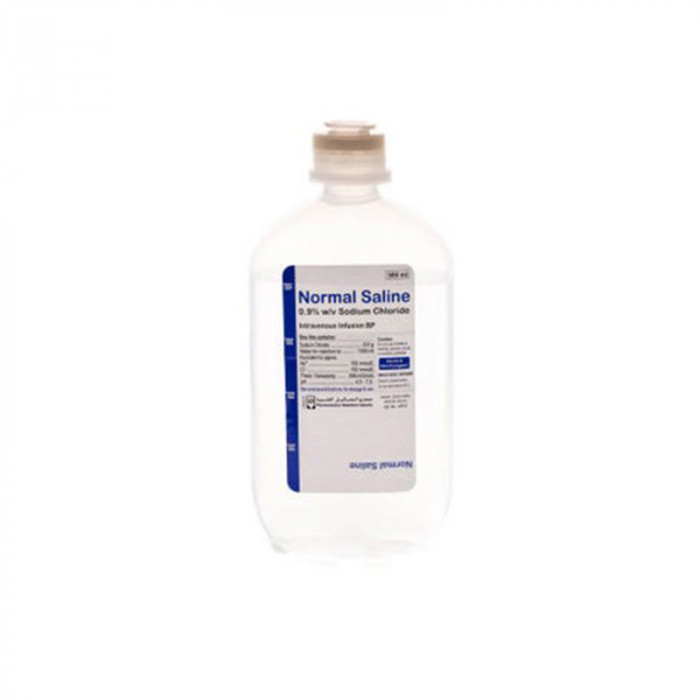
✔ 100% Authentic Product
👁️ Currently Viewing 5897
Normal Saline-IV 500ml
Generic Name: Sodium Chloride 0.9% IV Infusion
Manufacturer/Distributor: Opso Saline Ltd.
Discount
Price: ৳ 64
MRP:
৳
67.64
5%
Off
✅ Description:
Indications
These intravenous solutions can be used as electrolytes and hydration aids by both adult and pediatric patients. The infusion of 0.9 percent sodium chloride is advised for extracellular fluid replenishment, treatment of metabolic alkalosis in the context of fluid loss, and mild sodium deficiency. The priming fluid for hemodialysis treatments and the starting and stopping of blood transfusions can both be done with 0.9 percent sodium chloride infusion without hemolyzing red blood cells. Sodium chloride infusions are also utilized as diluents and pharmaceutic aids for the infusion of appropriate medicine additives. Consult the prescription details sent with the extra medications.
Pharmacology
The most abundant extracellular cation is sodium chloride. Because it replenishes sodium ions, it is vital in electrolyte and fluid balance, osmotic pressure regulation, and water distribution. It is used for hydration, the treatment of metabolic acidosis, as a priming solution in hemodialysis, and the treatment of hyperosmolar diabetes. It is also utilized as a diluent for the infusion of medication additives that are compatible with it.
Dosage & Administration
This solution is for intravenous use only. Dosage is to be directed by a physician and is dependent upon age, weight, the clinical condition of the patient, and laboratory determinations. Frequent laboratory determinations and clinical evaluation are essential to monitoring changes in blood glucose and electrolyte concentrations, and fluid and electrolyte balance during prolonged parenteral therapy.
In the average adult, daily requirements of sodium and chloride are met by the infusion of one liter of 0.9% sodium chloride (154 mEq each of sodium and chloride). There is no specific pediatric dose. The dose is dependent on weight, clinical condition, and laboratory results. Follow recommendations of appropriate pediatric reference text. Fluid administration should be based on calculated maintenance or replacement fluid requirements for each patient. 0.9% Sodium Chloride Injection may also be administered intravascularly as a priming fluid in hemodialysis procedures.
When Sodium Chloride Injection is used as a diluent for infusion of compatible drug additive, refer to dosage and administration information accompanying addictive drugs. Some additives may be incompatible. Consult with the pharmacist. When introducing additives, use aseptic techniques. Mix thoroughly. Do not store. Parenteral drug products should be inspected visually for particulate matter and discoloration prior to administration, whenever solution and container permit.
Contraindications
This solution is not recommended in cases when the administration of salt or chloride might be harmful to the patient's health.
Side Effects
Fever, infection at the site of injection, venous thrombosis or phlebitis extending from the site of injection, extravasation, and hypervolemia are some of the reactions that may occur as a result of the solution or the technique of administration. The physician should also be aware of the risk of harmful medication additive reactions. It is necessary to examine the prescribing instructions for medication additives that will be delivered in this manner. Symptoms may be caused by an excess or deficit of one or more of the ions present in the solution; thus, electrolyte levels must be monitored on a regular basis. Because of the retention of water, which results in an increased extracellular fluid volume, hypernatremia may be linked with edema and aggravation of congestive heart failure. If chloride ions are injected in sufficient quantities, they may induce a loss of bicarbonate ions, resulting in an acidifying impact. If an adverse response occurs, stop the infusion, evaluate the patient, implement appropriate treatment countermeasures, and preserve the remaining fluid for analysis if necessary.
Pregnancy & Lactation
Pregnancy Type C. Animal reproductive experiments using Sodium Chloride Injection have not been done. It is also unknown whether Sodium Chloride Injection can harm a pregnant woman's fetus or alter her reproductive ability. A pregnant woman should only be administered Sodium Chloride Injection if absolutely necessary.
Mothers who are nursing: It is unknown if this medication is excreted in human milk. Because many medications are excreted in human milk, Sodium Chloride Injection USP should be administered with caution to a breastfeeding woman.
Precautions & Warnings
During extended parenteral treatment or anytime the patient's condition justifies it, clinical examination and periodic laboratory findings are required to monitor changes in fluid balance, electrolyte concentrations, and acid-base balance. Significant variations from typical concentrations may necessitate customizing the electrolyte arrangement in these or other solutions. In patients with hypervolemia, renal insufficiency, urinary tract blockage, or imminent or severe cardiac decompensation, this solution should be administered with caution.
Extraordinary electrolyte losses, such as those experienced during prolonged nasogastric suction, vomiting, diarrhea, or gastrointestinal fistula drainage, may need electrolyte replacement. As needed, more electrolytes, minerals, and vitamins should be provided.
Individuals receiving corticosteroids or corticotropin, as well as other salt-retaining patients, should be provided sodium-containing fluids with caution. Patients with renal or cardiovascular insufficiency, with or without congestive heart failure, should be given sodium-containing solutions with caution, especially if they are postoperative or elderly.
Infusion of more than one liter of isotonic (0.9 percent ) sodium chloride per day may provide more sodium and chloride than typically present in serum, and might exceed normal tolerance, leading in hypernatremia; this may also cause a loss of bicarbonate ions, resulting in an acidifying impact. To reduce the possibility of incompatibilities caused by combining this solution with other additives indicated, the final infusate should be examined for cloudiness or precipitation immediately after mixing, before administration, and on a regular basis throughout the administration.
In a series connection, do not use a plastic container. If the administration is regulated by a pumping mechanism, it is critical to stop the pumping activity before the container gets dry, else an air embolism may occur. This solution is meant to be administered intravenously with sterile equipment. It is suggested that intravenous administration equipment be updated at least once every 24 hours.
Storage Conditions
Keep away from light and heat in a dry area. Keep out of children's reach.
⚠️Disclaimer:
At ePharma, we’re committed to providing accurate and accessible health information. However, all content is intended for informational purposes only and should not replace medical advice from a qualified physician. Please consult your healthcare provider for personalized guidance. We aim to support, not substitute, the doctor-patient relationship.




